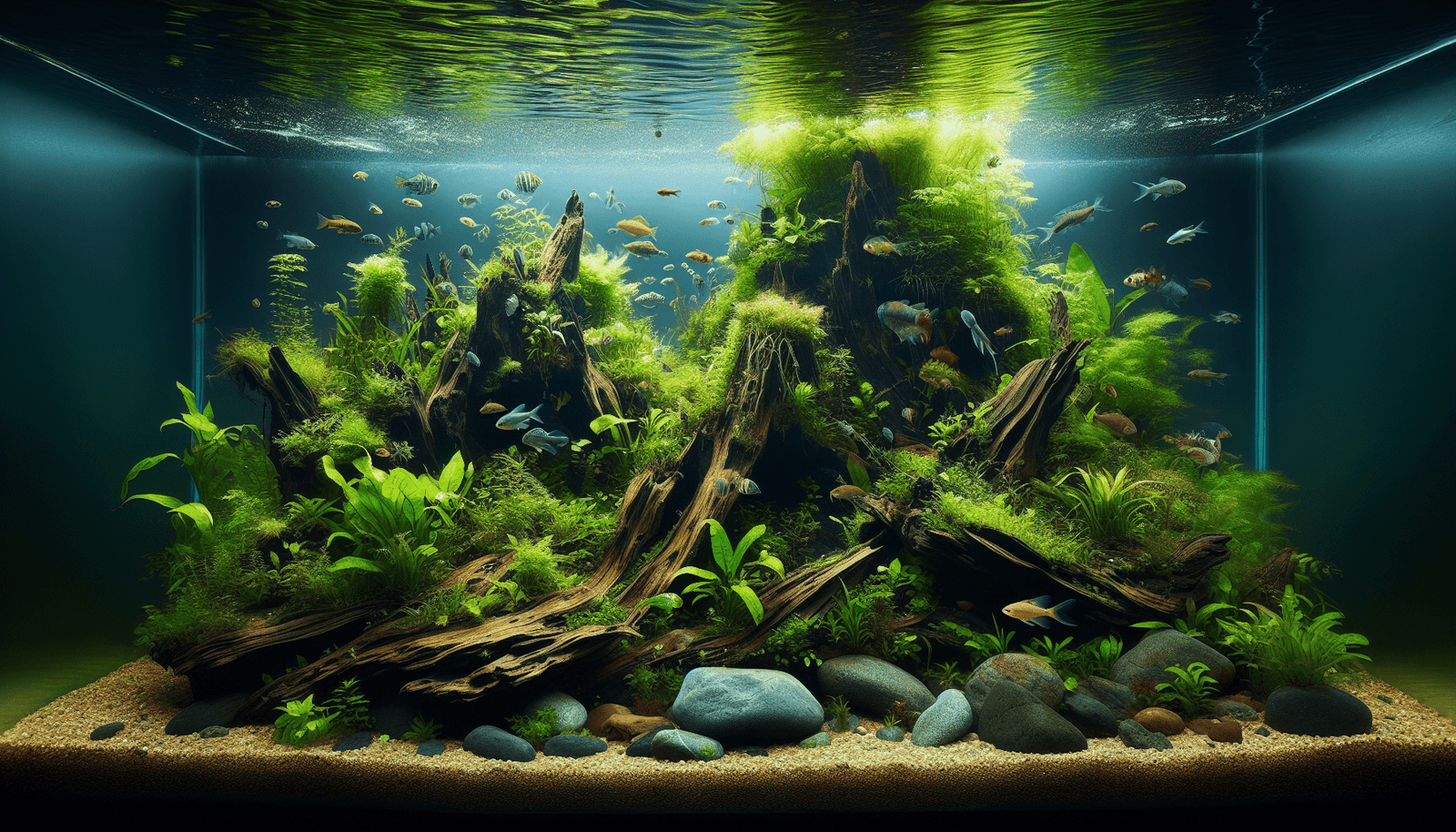Imagine you have a magical underwater garden inside a glass box, where colorful fish swim around beautiful plants and rocks. This is what aquascaping is all about! In “Essentials of Aquascaping: Designing Dynamic Fish Tanks,” you’ll discover how to create these tiny, captivating underwater worlds. You’ll learn why aquascaping has become so popular, how it started, and get to explore the latest trends. We’ll also look at some fascinating examples and consider different ways to build these stunning aquariums. By the end, you’ll know how to turn a simple fish tank into a vibrant, living piece of art that you and your fish will love.
Essentials of Aquascaping: Designing Dynamic Fish Tanks
Have You Ever Wondered How to Create a Beautiful Underwater Garden?
Creating a stunning underwater world can be like painting a picture, but with fish and plants. Aquascaping, the art of designing dynamic fish tanks, lets you create an amazing mini-ecosystem that’s beautiful to look at and fun for your fish to live in.
Overview: What is Aquascaping?
Aquascaping is like gardening underwater. You arrange plants, rocks, and other decorations to make a beautiful and healthy environment for fish and other aquatic creatures. Just think of it like creating a cozy home for your fish with lots of green plants and interesting features to explore!
Why Is Aquascaping Important?
Aquascaping isn’t just about making a fish tank look pretty. It helps create a balanced environment where fish can thrive. Fish need a cozy, friendly place to live, just like we need a nice home. Aquascaping also makes it more fun to watch your fish swim around in their little underwater paradise.
The Main Idea of Aquascaping
In this article, you’ll learn the essentials of aquascaping, so you can design your own dynamic fish tank. We’ll talk about the history of aquascaping, current trends, important key concepts, and even show you how to plan your tank step by step.
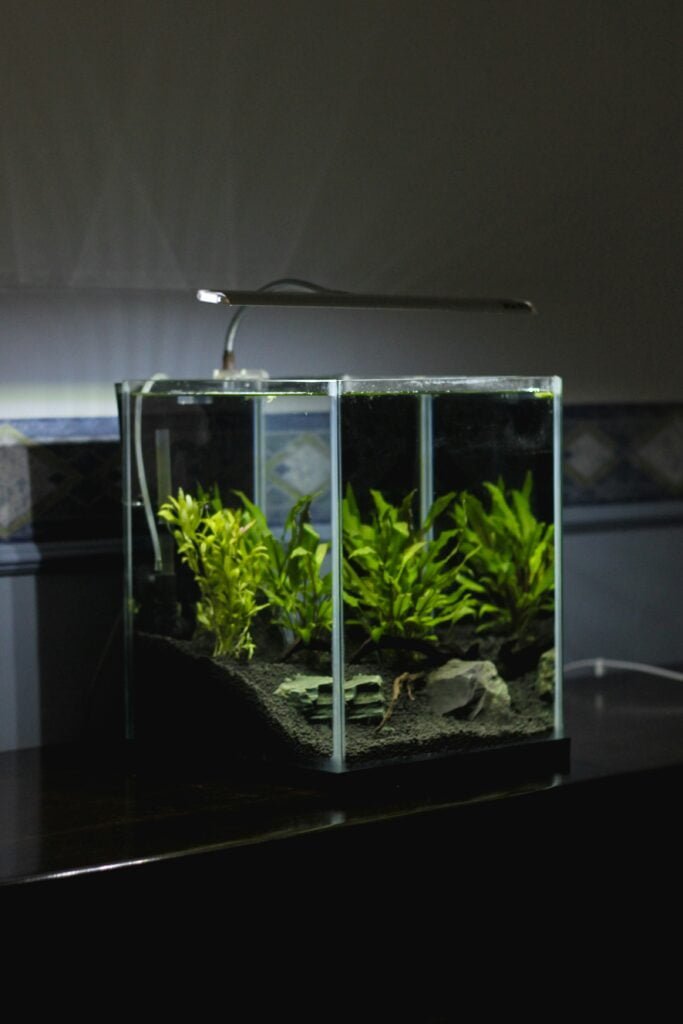
A Quick Dive into the History of Aquascaping
Aquascaping has a fascinating history. People have been keeping fish for thousands of years, but the art of creating beautiful underwater scenes is more recent. Let’s take a quick look at how it all started!
Ancient Beginnings
Long ago, people in ancient China and Mesopotamia kept fish in ponds for food and beauty. They didn’t have aquariums like we do now, but they still appreciated the beauty of fish swimming in water.
The Birth of the Modern Aquarium
The first glass aquariums were used in the 1800s in Europe. People were fascinated by the idea of keeping fish indoors where they could see them up close. As materials and technologies improved, so did aquariums. By the 20th century, more people started creating beautiful underwater gardens inside their fish tanks.
The Rise of Aquascaping
The real boom in aquascaping began in the 1990s. Takashi Amano, a famous Japanese aquarist, showed the world how to use plants, rocks, and driftwood to create stunning natural scenes inside fish tanks. He inspired many people to start aquascaping, making it a popular hobby around the globe.
Current Trends in Aquascaping
Just like fashion, aquascaping has trends that change over time. Let’s look at some of the exciting trends happening right now!
Nature Aquariums
Nature aquariums are all about mimicking nature. You use plants, rocks, and wood to create scenes that look like they came straight out of a forest or a river. The goal is to make it look as natural as possible, just like a snapshot of the wilderness.
Iwagumi Style
Iwagumi is a style that comes from Japan and focuses on using rocks to create peaceful and harmonious underwater landscapes. Usually, you use a few large rocks with some smaller ones, and simple, low-growing plants. It looks very clean and elegant.
Dutch Aquascaping
Dutch aquascaping is all about plants. Imagine a colorful underwater garden blooming with different types of plants arranged in neat rows. This style doesn’t usually use rocks or wood. It’s like a garden you might see on land, but underwater!
Biotope Aquariums
A biotope aquarium recreates a specific natural environment. For example, you might create a mini Amazon River or a tiny African lake. You choose plants, fish, and decorations that come from the same place to make it look authentic.
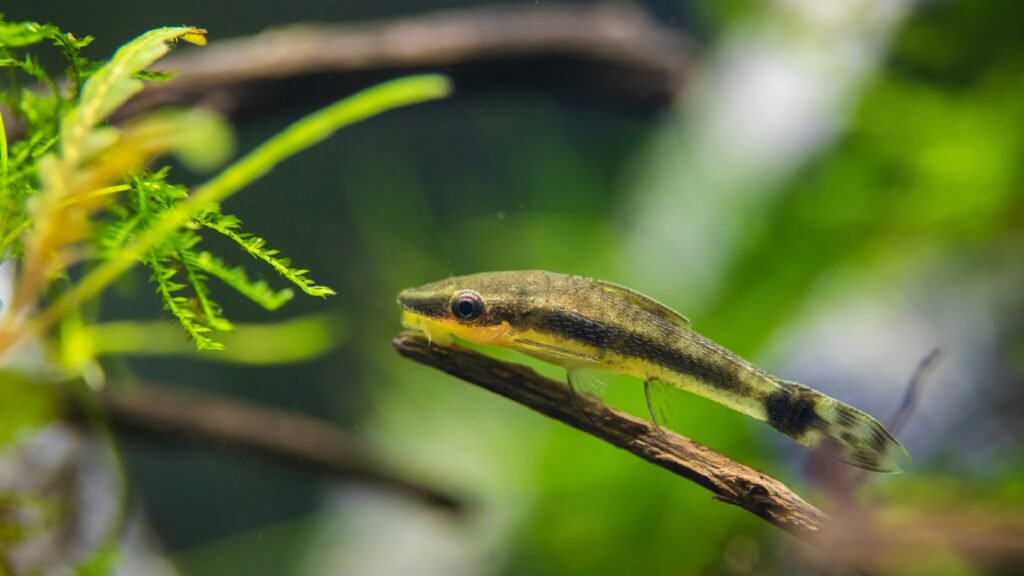
Understanding Key Concepts in Aquascaping
Before you start designing your own fish tank, there are some important concepts and terms you should know. These will help you create a beautiful and healthy environment for your fish.
Aquascape
An aquascape is the overall design of your fish tank. It includes everything in the tank: plants, rocks, decorations, and, of course, the fish.
Substrate
The substrate is the material that covers the bottom of your fish tank, like gravel, sand, or special plant soil. It’s important because it helps plants grow and can affect the water quality in your tank.
Hardscape
The hardscape includes all the non-living decorations in your tank, like rocks, driftwood, and other structures. It gives your tank its shape and structure.
Plant Selection
Choosing the right plants is crucial. Some plants need a lot of light, while others can thrive in dimmer conditions. You need to pick plants that will work well together in your tank.
Filtration
A good filter keeps your water clean and healthy for your fish. It removes harmful substances and helps maintain the right environment for plants and fish.
Lighting
The right lighting is essential for plant growth. Just like in a garden, plants in your aquascape need light to thrive. Different plants require different amounts and types of light.
CO2 Injection
CO2 injection involves adding carbon dioxide to the water to help plants grow. Plants need CO2 for photosynthesis, the process they use to make food using light.
Water Parameters
Maintaining the right water parameters, like pH, temperature, and hardness, is important for the health of your plants and fish. Different species need different conditions to thrive.
How to Create Your Own Aquascape: Step-by-Step Guide
Now that you know the basics, let’s dive into the steps of designing your own dynamic fish tank. Follow these steps to create an underwater world that’s both beautiful and healthy for your fish.
Step 1: Plan Your Aquascape
Before you start buying plants and decorations, take some time to plan your aquascape. Think about what style you want to create. Do you want a natural-looking scene with lots of plants, or do you prefer a more structured design with rocks?
Grab a piece of paper and sketch out your ideas. This will help you visualize how everything will look and make it easier when you start building your aquascape.
Step 2: Choose Your Tank and Equipment
Next, choose the right tank size for your space and budget. Smaller tanks can be challenging to maintain, so if you’re a beginner, you might want to start with a medium-sized tank.
Here is a simple table to help you decide:
| Tank Size | Ideal For | Difficulty |
|---|---|---|
| Small (<10 gallons)< />d> | Betta fish, shrimp, small plants | Moderate |
| Medium (10-30 gallons) | Community fish, more plant variety | Easy |
| Large (>30 gallons) | Larger fish, complex aquascapes | Moderate to Difficult |
You’ll also need equipment like a filter, heater (if you have tropical fish), lighting, and possibly a CO2 system if you plan on growing lots of plants.
Step 3: Prepare the Substrate
Start by adding your substrate to the bottom of the tank. Spread it out evenly. If you’re using special plant soil, make sure it’s designed for aquariums. Aim for about 2-3 inches of substrate, so plants have enough room to root.
Step 4: Create Your Hardscape
Now it’s time to add rocks, driftwood, and other non-living decorations. Place larger items first and then arrange smaller ones around them. Make sure to leave some open spaces for plants and fish to swim.
Step 5: Plant Your Aquascape
Begin by adding your plants. Start with the larger, background plants and work your way to the smaller, foreground and midground plants. Use tweezers to plant them in the substrate. Make sure they’re firmly planted.
Step 6: Fill the Tank
Slowly fill the tank with water. Pour the water gently to avoid disturbing the substrate and plants. You can place a dish or plastic bag over the substrate and pour water onto it to minimize disturbance.
Step 7: Install Equipment
Add your filter, heater (if needed), and lighting. Set them up according to the manufacturer’s instructions. If you’re using a CO2 system, set that up too.
Step 8: Cycle Your Tank
Cycling your tank is crucial before adding fish. This process builds up good bacteria that help keep the water clean and safe for fish. It can take a few weeks. Keep checking the water parameters and wait until they’re stable before adding fish.
Step 9: Add Fish
Finally, add your fish slowly, a few at a time. Give them time to acclimate to the new environment. Watch them closely to make sure they’re healthy and happy in their new home.
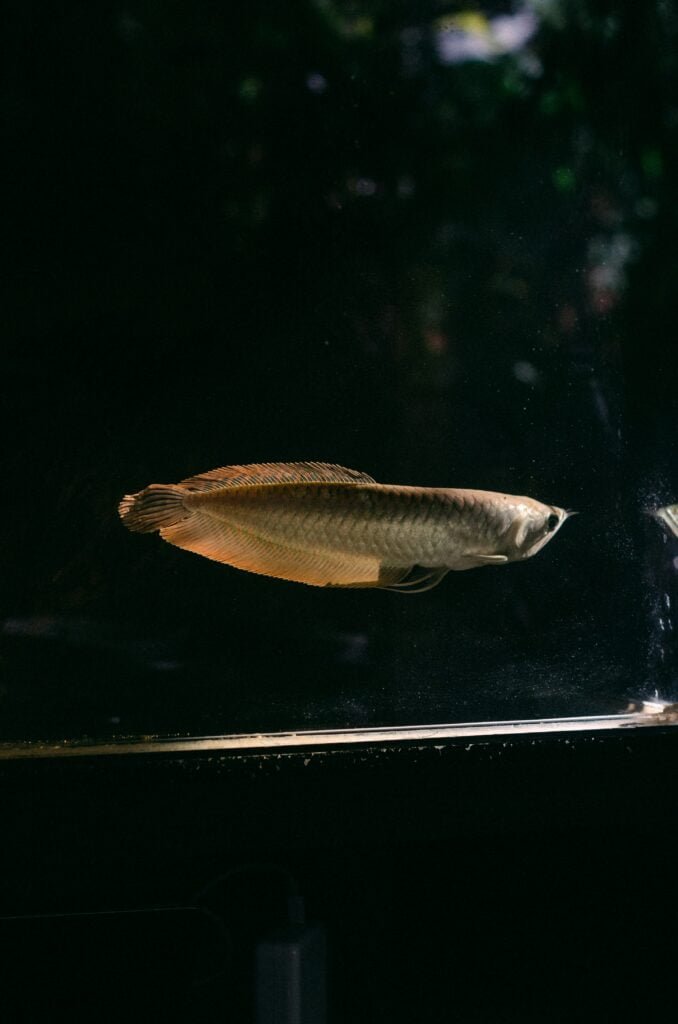
Example: Creating a Nature Aquarium
Let’s look at an example of how to create a simple Nature Aquarium.
Planning
In your plan, you might decide to create a scene that looks like a riverbank, with lots of plants and a few rocks. You could sketch out a design with tall plants in the back, mid-size plants in the middle, and small plants in the front.
Choosing the Tank and Equipment
You go for a 20-gallon tank, which is a good medium size for beginners. You choose a good filter, a heater for tropical fish, LED lighting, and a simple CO2 system.
Preparing the Substrate
You add a base layer of nutrient-rich plant soil, then cover it with a layer of small gravel. This setup helps plants grow well.
Creating the Hardscape
You arrange several medium-sized rocks to create a natural feel. You place a few pieces of driftwood to add interest.
Planting
You start with tall plants like Vallisneria in the back, medium plants like Anubias in the middle, and small foreground plants like Dwarf Baby Tears in the front. You plant them carefully and make sure they’re securely in the substrate.
Filling the Tank
You fill the tank slowly, using a dish to spread the water evenly and avoid disturbing the plants and substrate.
Installing Equipment
You set up your filter, heater, and LED lights. The CO2 system is added to help the plants grow lush and green.
Cycling the Tank
You let the tank cycle for a few weeks, regularly checking water parameters until they’re stable and safe for fish.
Adding Fish
Finally, you add a few small fish, like Neon Tetras, which fit well in your planted aquarium. You watch them swim around happily in their new, beautifully aquascaped home.
Different Perspectives on Aquascaping
People have different views on the best way to design a fish tank. Let’s take a look at some of these perspectives.
Aesthetic vs. Functional
Some people focus mostly on how the tank looks. They might spend hours arranging everything perfectly to make it look beautiful. Others focus more on creating a functional habitat for the fish, ensuring they have plenty of places to hide and explore.
High-Tech vs. Low-Tech
High-tech aquascapers use advanced equipment like CO2 systems and high-intensity lighting to create lush, fast-growing plants. Low-tech enthusiasts prefer simpler setups, using easy-to-grow plants and minimal equipment.
Natural vs. Artistic Styles
Natural aquascapers try to recreate realistic scenes from nature. Artistic aquascapers use the tank as a canvas to create imaginative and abstract designs. Both approaches can result in stunning aquascapes.

Impact Assessment: Which Perspective is Best?
There isn’t a right or wrong way to aquascape. It all depends on what you enjoy and the needs of your fish. Here’s a quick comparison table to help you decide:
| Perspective | Advantages | Challenges |
|---|---|---|
| Aesthetic | Beautiful designs | May not prioritize fish needs |
| Functional | Great fish environment | Might look less artistic |
| High-Tech | Lush, fast-growing plants | Expensive and complex |
| Low-Tech | Simple and budget-friendly | Slower plant growth |
| Natural | Realistic, calming scenes | Requires detailed planning |
| Artistic | Creative expression | Might be less natural |
Future Directions and Implications in Aquascaping
Aquascaping is always evolving. Let’s explore what the future might hold for this wonderful hobby.
Future Trends
In the future, we might see more advanced technology and equipment that make aquascaping even easier and more exciting. New types of plants and fish could become popular, offering more options for aquascapers.
Environmental Impact
Aquascaping can have a positive impact on the environment. By creating beautiful fish tanks, people can learn about ecosystems and the importance of protecting natural habitats. Sustainable aquascaping practices, like using locally sourced materials and avoiding harmful chemicals, will continue to grow.
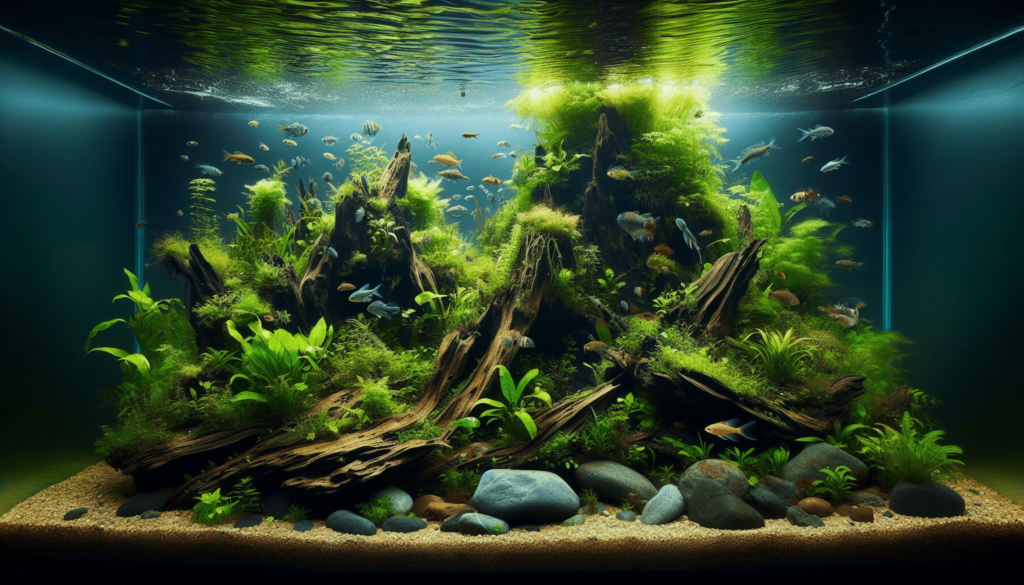
Conclusion: Dive Into the World of Aquascaping!
Aquascaping is a fantastic way to combine art and science, creating stunning underwater worlds that are both beautiful and healthy for fish. With a little planning and creativity, you can design a dynamic fish tank that brings joy and wonder into your home.
Final Thought
So, are you ready to start your aquascaping adventure? Imagine the colorful fish swimming happily through lush green plants that you’ve carefully arranged. It’s like having a little piece of nature right in your living room!
Engagement
We’d love to hear about your aquascaping experiences! Share your ideas and creations in the comments, and don’t forget to explore more resources to become an expert aquascaper.
Credible Sources
- Amano, Takashi. Nature Aquarium World. T.F.H. Publications.
- “Aquascaping: A Guide to Planted Aquariums.” Aquariumsource.com.
- “The History of the Aquarium.” Fishkeepingworld.com.
- “Cycling Your Aquarium.” Aquariumspecs.com.
These sources will help you dive even deeper into the wonderful world of aquascaping. Happy aquascaping!
